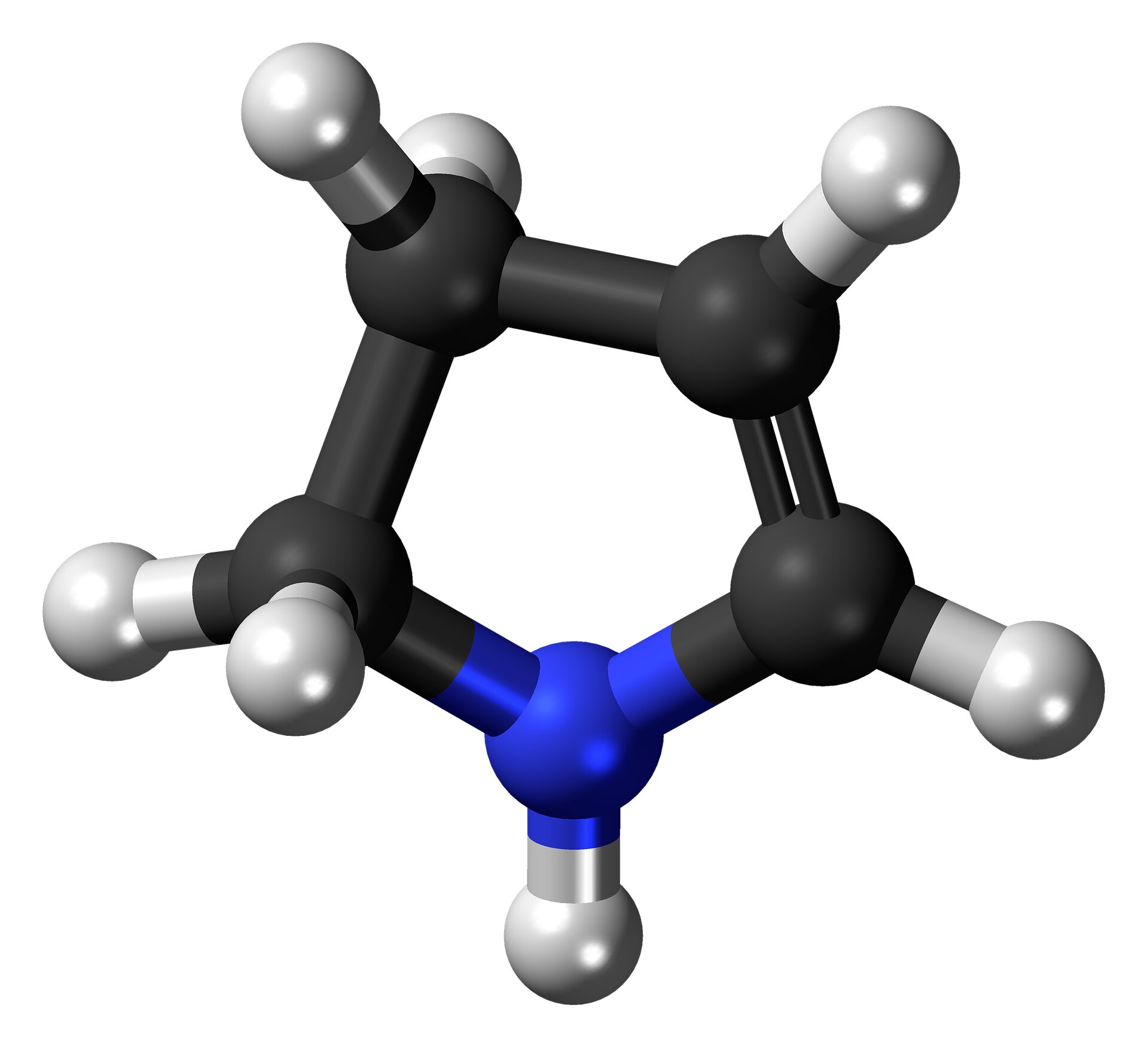
[ad_1]

Credit: Public Domain CC0
The development of new drugs or innovative molecular materials with new properties requires a specific modification of the molecules. The control of the selectivity in these chemical transformations is one of the main objectives of the catalysis. This is especially true for complex molecules with multiple reactive sites in order to avoid unnecessary waste for better sustainability. The selective insertion of single nitrogen atoms into the carbon-hydrogen bonds of the target molecules is, for example, a particularly interesting goal of chemical synthesis. In the past, these types of nitrogen transfer reactions have been postulated based on computer simulations of quantum chemistry for molecular metal complexes with single nitrogen atoms bonded to the metal. These highly reactive intermediates, however, have previously escaped experimental observation. A tightly interwoven combination of experimental and theoretical studies is therefore indispensable for the detailed analysis of these key metallonitrene intermediates and, ultimately, for the exploitation of nitrogen transfer catalytic reactions.
Chemists from the groups of Professor Sven Schneider, University of Göttingen, and Professor Max Holthausen, Goethe University of Frankfurt, in collaboration with the groups of Professor Joris van Slagern, University of Stuttgart and Professor Bas de Bruin, University of Amsterdam, have now was able for the first time to directly observe such a metallonitrene, measure it spectroscopically and provide a complete quantum chemical characterization. To this end, a platinum azide complex was photochemically transformed into metallonitrene and examined both magnetometrically and by photo-crystallography. Along with theoretical modeling, the researchers have now provided a detailed report on a highly reactive metallonitrene radical with a single metal-nitrogen bond. The group was also able to show how the unusual electronic structure of platinum metallonitrene enables the targeted insertion of the nitrogen atom, for example, into the C – H bonds of other molecules.
Professor Max Holthausen explains: ‘The results of our work significantly extend the basic understanding of the chemical bond and reactivity of such metal complexes, providing the basis for rational synthesis planning.’ Professor Sven Schneider states: ‘These insertion reactions allow the use of metallonitrenes for the selective synthesis of organic nitrogen compounds through the catalytic transfer of nitrogen atoms. This work therefore contributes to the development of new’ green ‘syntheses of nitrogen compounds. nitrogen”.
The new carbon catalyst for nitrogen assembly has the potential to transform chemical production
Jian Sun et al. A platinum (ii) metallonitrene with a triplet ground state, Chemical nature (2020). DOI: 10.1038 / s41557-020-0522-4
Provided by Goethe University Frankfurt am Main
Quote: How nitrogen is transferred from a catalyst (2020, November 13) recovered on November 14, 2020 from https://phys.org/news/2020-11-nitrogen-catalyst.html
This document is subject to copyright. Apart from any conduct that is correct for private study or research purposes, no part may be reproduced without written permission. The content is provided for informational purposes only.
[ad_2]
Source link